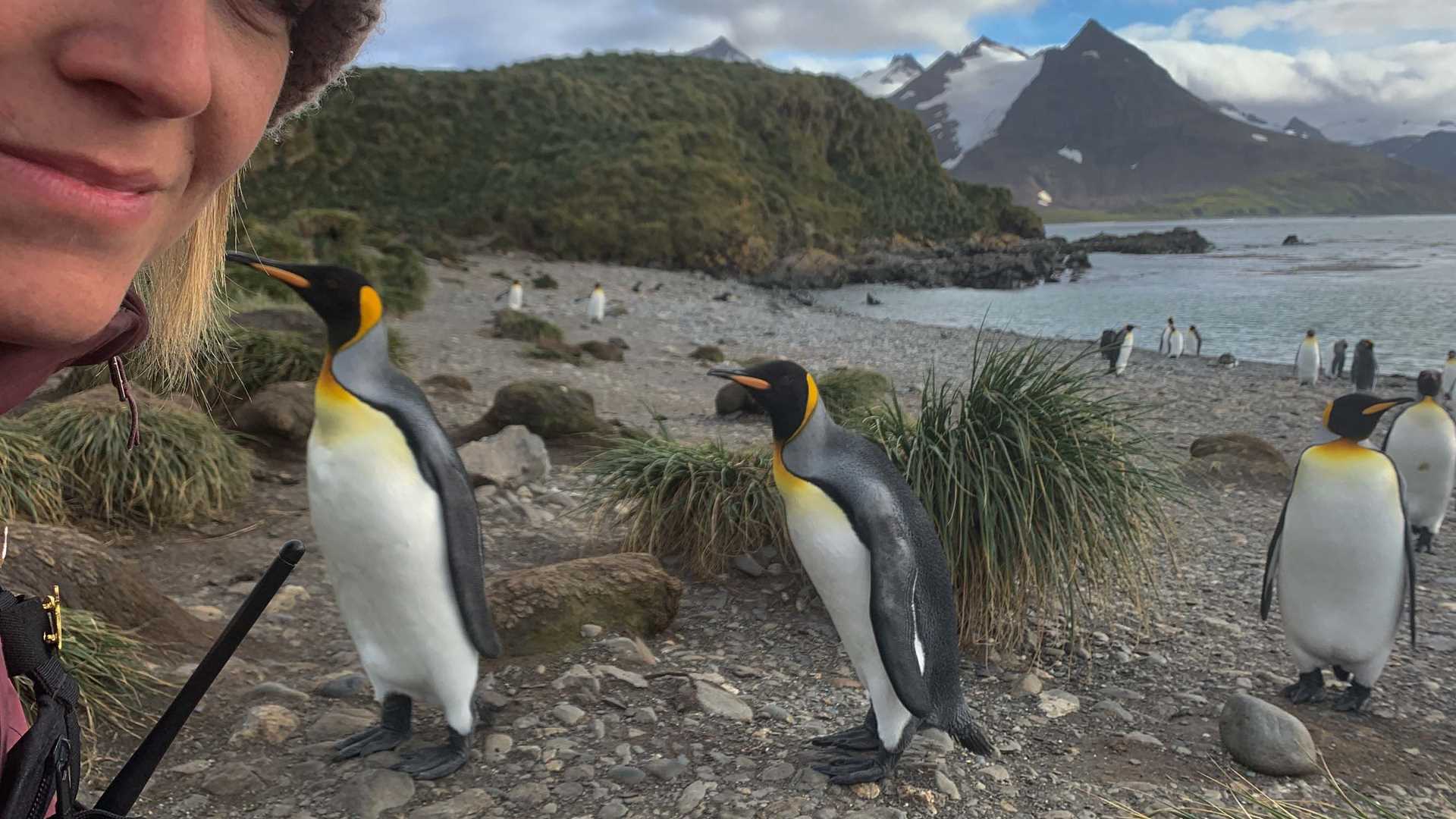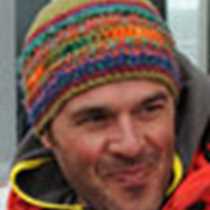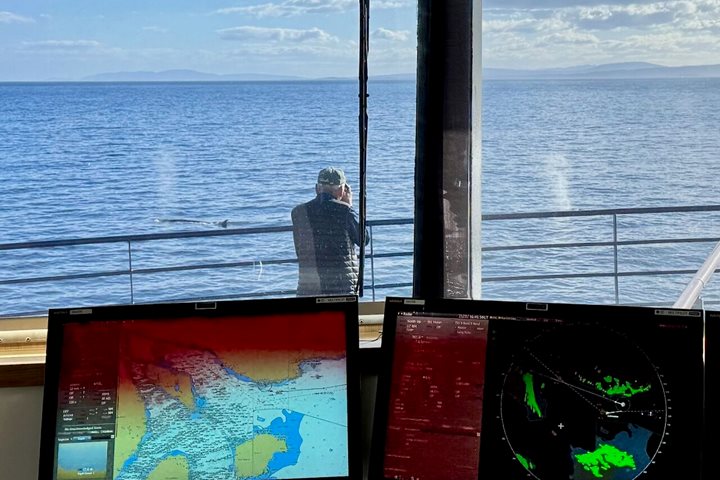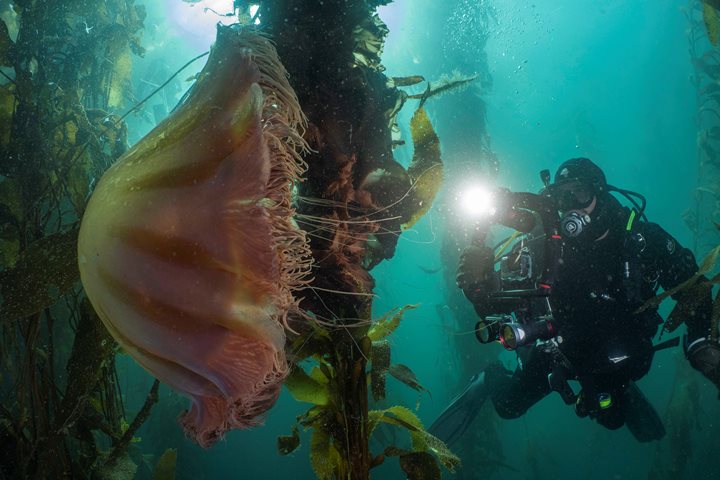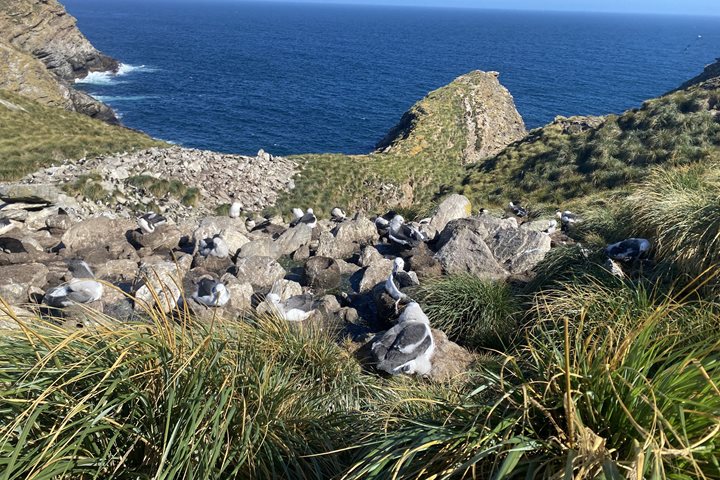What a fantastic way to start our exploration of the remote island of South Georgia! We found some shelter from the swell and landed in Salisbury Plains to hike to the second largest king penguin colony in the island with well over 100,000 birds present. From little chicks being fed by their parents to adults that had finished molting and were getting ready to go back to sea, we got to witness a range of milestones in the rather long breeding cycle of these penguins.
- Daily Expedition Reports
- 14 Mar 2020
Salisbury Plain, South Georgia, 3/14/2020, National Geographic Explorer
- Aboard the National Geographic Explorer
- Antarctica
Santiago Imberti, Naturalist
An ornithologist, photographer, fisherman, climber, and writer, Santiago Imberti was born and raised in southern Patagonia, Argentina. He obtained a degree in tourism and later in ornithology, which allowed him to combine his love for nature and the ...
Read MoreShare Report
South Georgia and the Falklands
VIEW ITINERARYRelated Reports
3/14/2025
Read
National Geographic Resolution
New Island, Falkland Islands
Our final day of operations for the expedition (and the season) took place at New Island, one of the most beautiful islands in the Falkland Islands. Guests were amazed by the sheer cliffs of the outer coast, home to thousands of rockhopper penguins and even more black-browed albatross. While guests were ashore, the undersea team explored the underwater world of the Falkland Islands. We cruised through the amber forest of giant kelp and photographed the large sun stars but also some of the smaller denizens like tessellated patagonotothen fishes and beautiful purple-lined isopods. The highlight of the dive was one of the largest jellies either of us had seen. A gargantuan lion’s mane jelly was wrapped up in the kelp and its bell was almost 4 feet across. Truly a sight to behold and a favorite when shown to the guests at recap.
3/13/2025
Read
National Geographic Resolution
West Point Island
Our destination this afternoon remains my very favorite place in the Falklands. A warm welcome is always given by the caretakers of this lovely place, Theis and Kiki – Swedish and German respectively. They were at the end of their nine years here and we were among the last ships to visit this season. Of course, we visit the island because of the wildlife, and, after a nice forty-minute walk, we arrived at the Devil’s Nose albatross colony. Here, we found thousands of black-browed albatrosses living cheek by jowl with hundreds, if not thousands of rockhopper penguins. It is not always a happy marriage, but generally they get on, the albatross helping protect the penguin eggs and chicks from predation by the local Johnny rooks aka striated caracaras. A good walk deserves a fine afternoon tea, and we were treated to just that back at the farmhouse. In the garden, a yellow rose flowered beautifully overlooking the place where Lars Eric Lindblad’s ashes were scattered.

